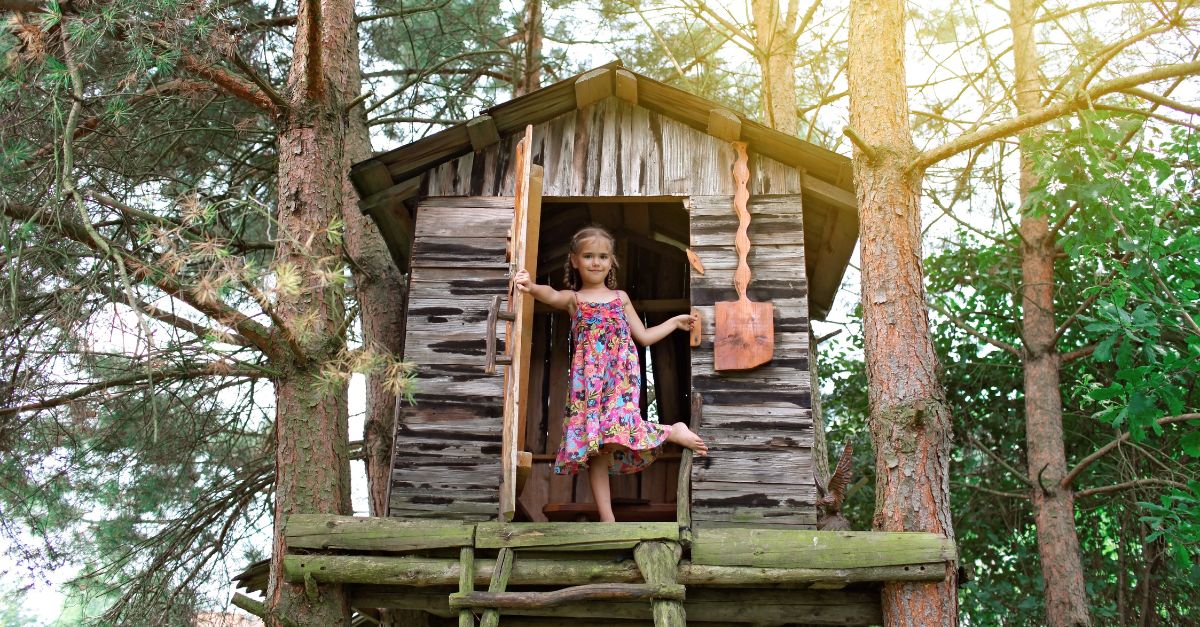
Building a treehouse can be an enchanting project that brings joy to your children and adds a touch of magic to your backyard. However, there are crucial factors to consider before building a treehouse. You want to ensure the structure is safe, stable, and enjoyable for years to come. Let’s explore these essential elements before you begin building.
Assessing Tree Health and Stability
The foundation of any successful treehouse is a healthy, robust tree. Not every tree is suitable for supporting the weight and activity associated with a treehouse. Hiring a certified arborist offers a number of benefits, but above all, these professionals can testify to the health of the trees you’re building around. They can identify potential issues such as disease, rot, or weak branches that could compromise the structure’s safety.
Mature, healthy trees with strong trunks and branches are ideal candidates. Avoid trees showing visible signs of decay or significant insect damage. While their expertise will add to the overall cost of the project, consulting an arborist will provide peace of mind.
Designing for Safety and Compliance
Safety should be the cornerstone of your treehouse design process. In Oregon, specific building codes and regulations may apply to treehouse construction, so it’s crucial to check local zoning laws and obtain any necessary permits before starting your project.
Incorporate safety features such as railings, non-slip surfaces, and secure ladders into your design. Ensure the treehouse is easy to access but also has measures to prevent accidental falls. Additionally, you want to design with Oregon’s wet weather conditions in mind to prevent structural issues over time. Proper planning and adherence to safety standards will make your treehouse a secure play space for your children.
Choosing Materials and Tools
The materials and tools you select will significantly impact the longevity and safety of your treehouse. Opt for high-quality, weather-resistant materials that can withstand Oregon’s varied climate.
Treated wood can resist rot and insects, while any fasteners you use should be corrosion-resistant. Using pressure-treated lumber or naturally resistant woods like cedar or redwood ensures durability. Employ galvanized or stainless steel fasteners to prevent rust and maintain structural integrity. Having a comprehensive toolkit, including drills, saws, and safety gear, will make the construction process smoother and more efficient.
Planning for Maintenance and Longevity
After your treehouse is in place, you’ll need to conduct regular maintenance to keep it safe and enjoyable. Routine inspections and upkeep will help you catch and address any issues early on.
Regularly inspect the treehouse for signs of wear, rot, or damage. Tighten any loose bolts or screws and replace damaged materials. Prune surrounding branches to prevent damage during storms and ensure the tree remains healthy. Consistent maintenance will extend the life of your treehouse and keep it a fun, safe place for your children.
Building a treehouse can create cherished memories for your family, but it’s important to consider key factors to ensure safety and durability. Assessing tree health, designing for safety, choosing the right materials, and planning for maintenance are all crucial things to consider before building a treehouse. By paying attention to these details, you’ll provide a magical and secure play space for your children to enjoy for years to come.

Sam Hopes is a 37-year-old mom of two living in Portland, Oregon. She works as a freelance graphic designer and part-time yoga instructor, juggling creative projects with playdates and PTA emails. Known for her warm personality and dry humor, Sam loves hiking in Forest Park, thrifting on Mississippi Avenue, and weekend visits to OMSI with her kids, Ella and Milo. She’s the kind of parent who forgets sunscreen but always remembers snacks—and a good laugh.
